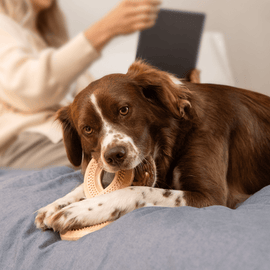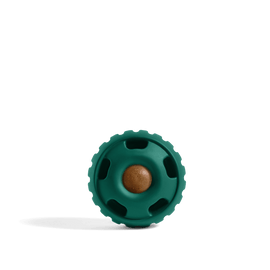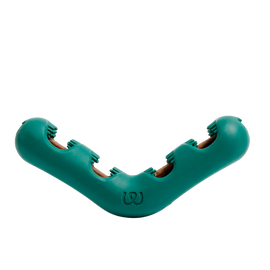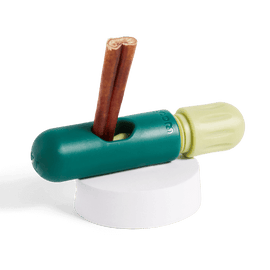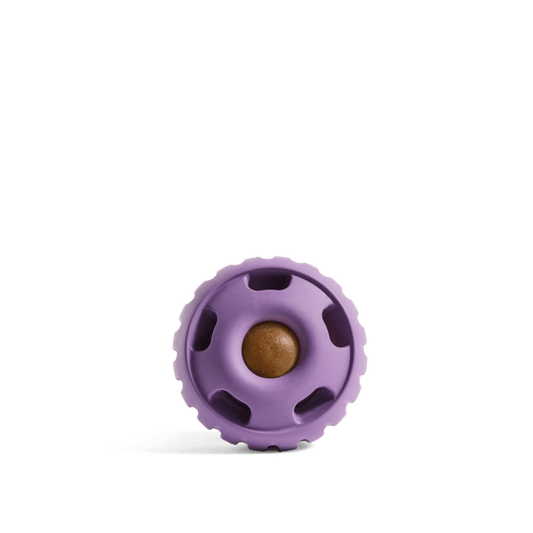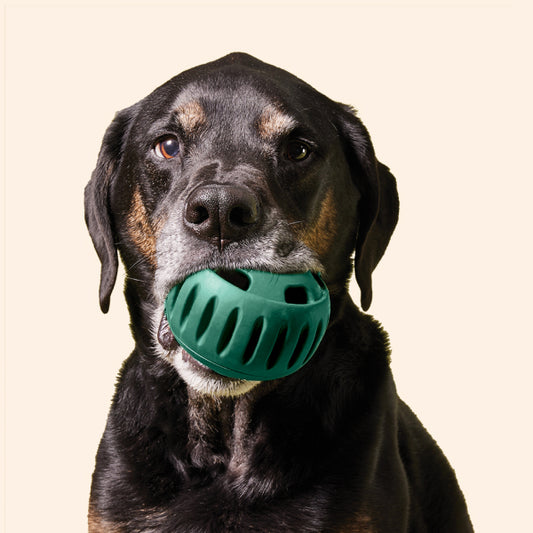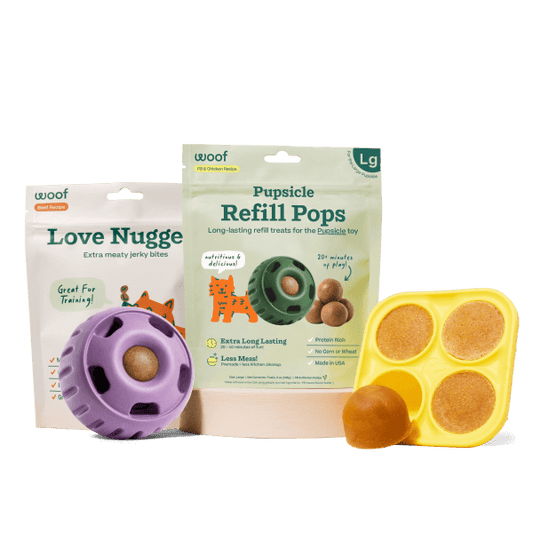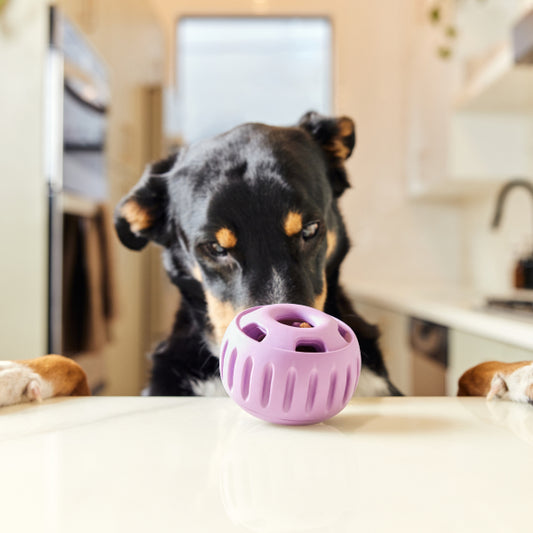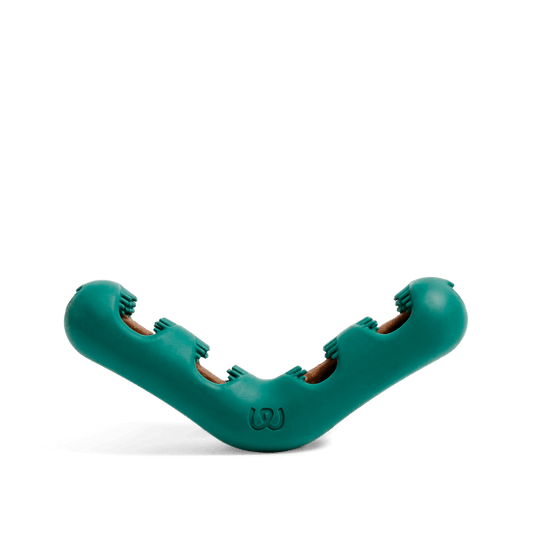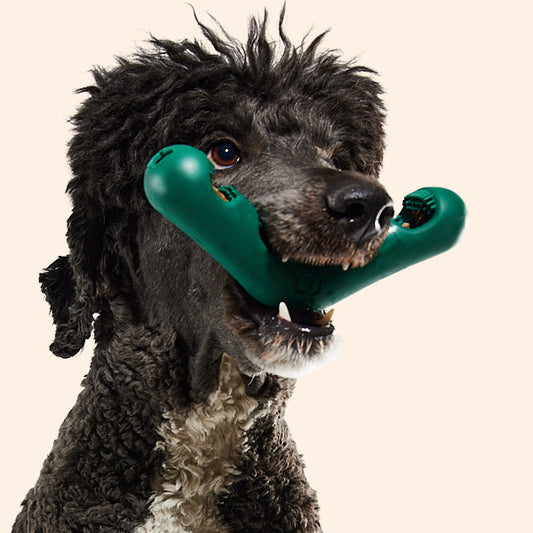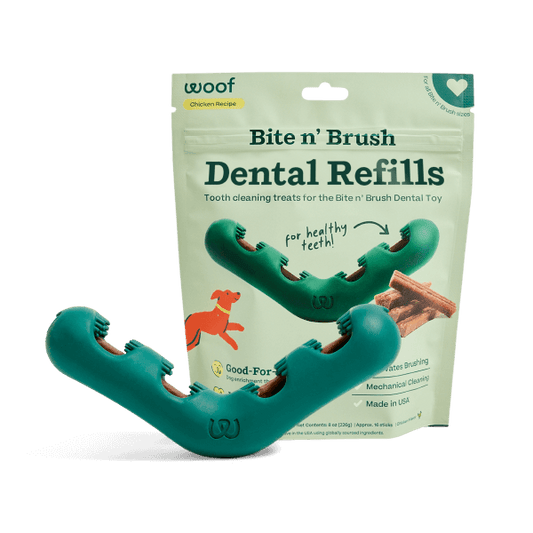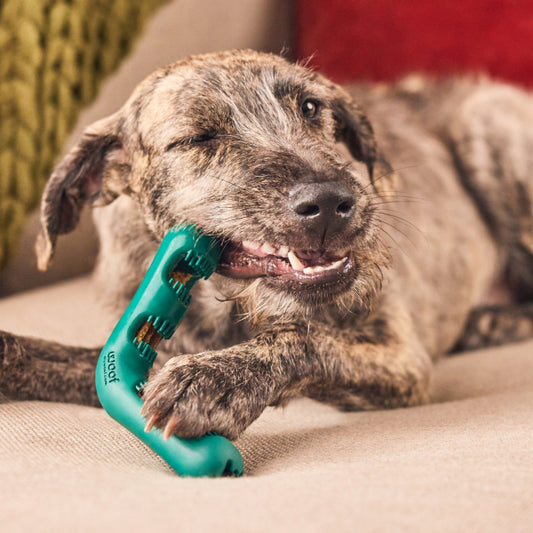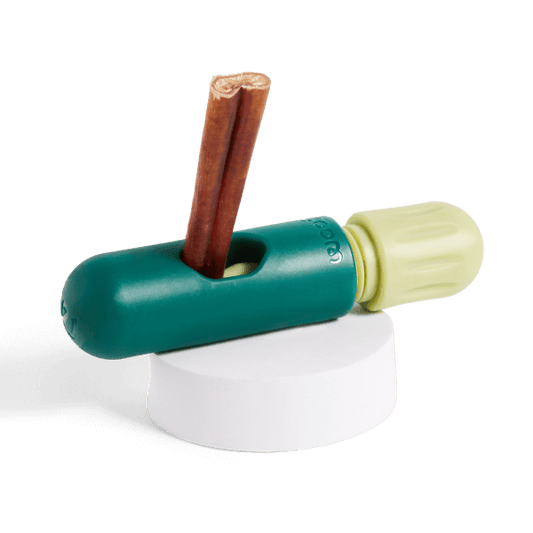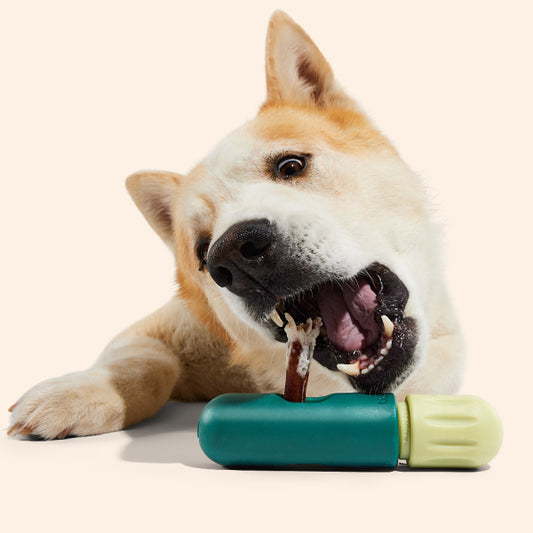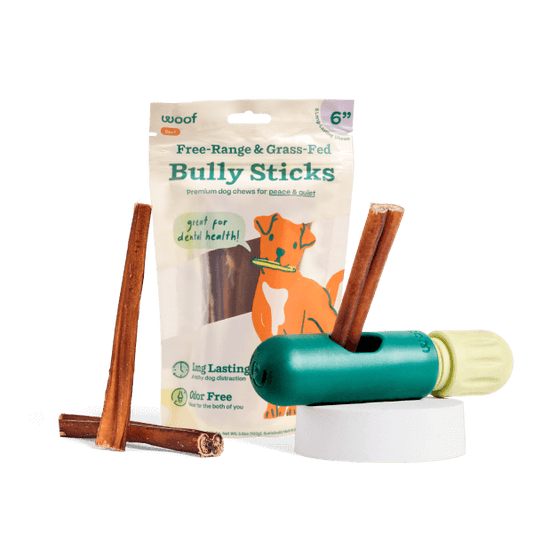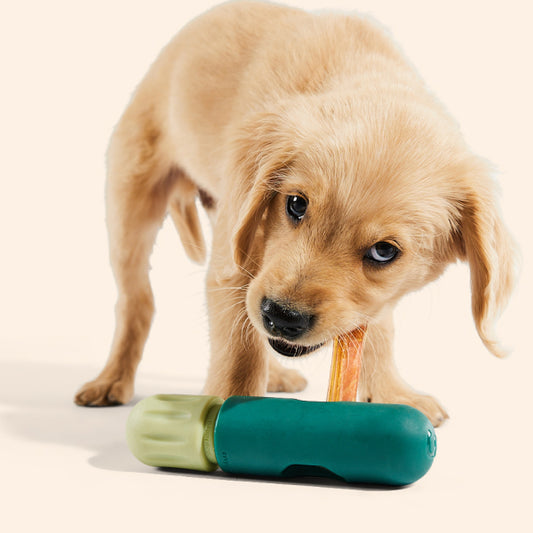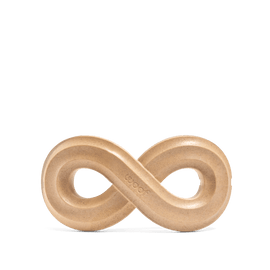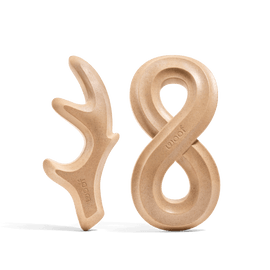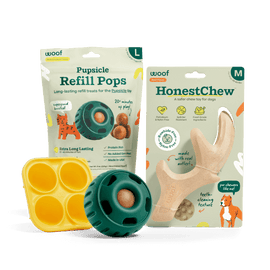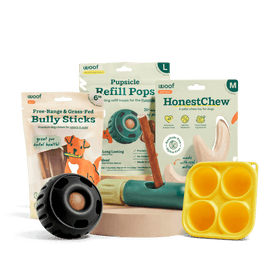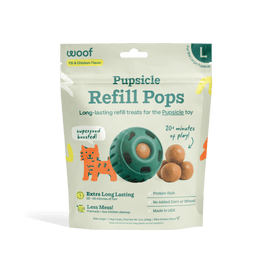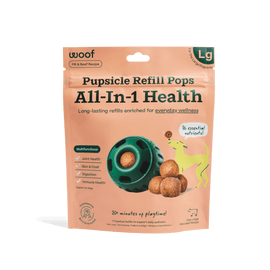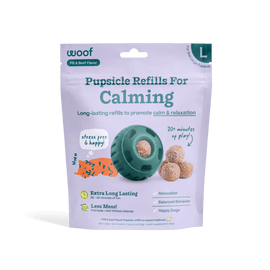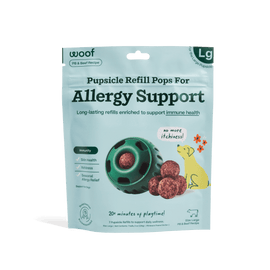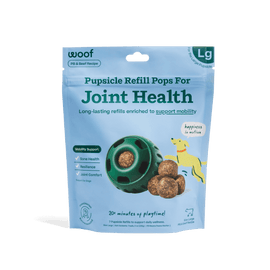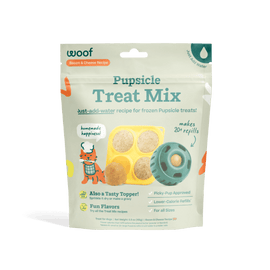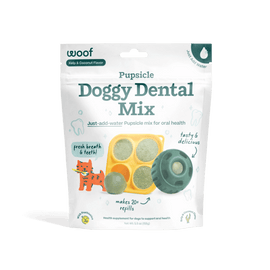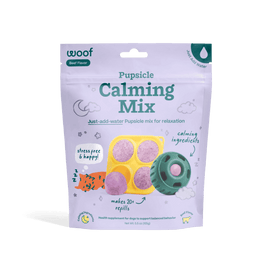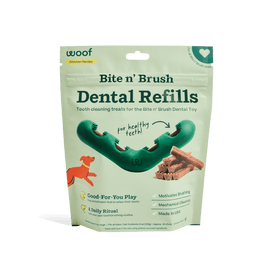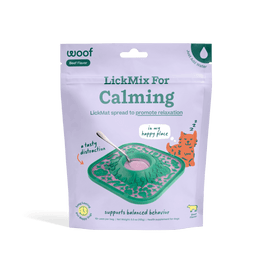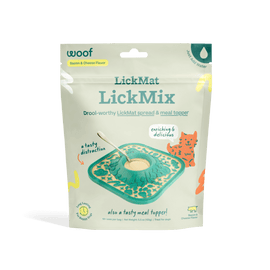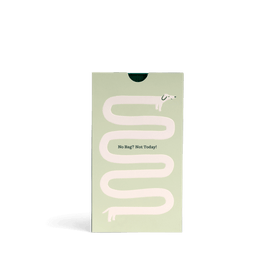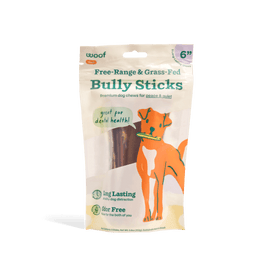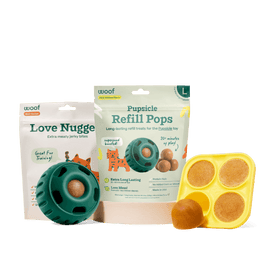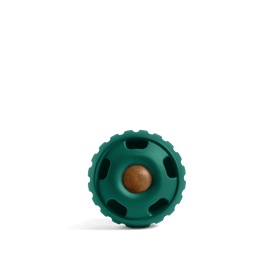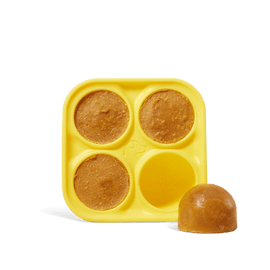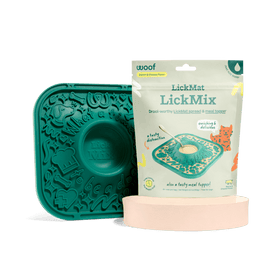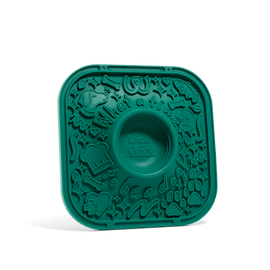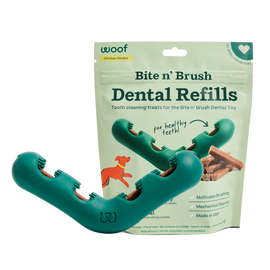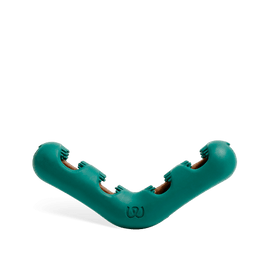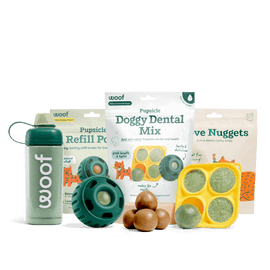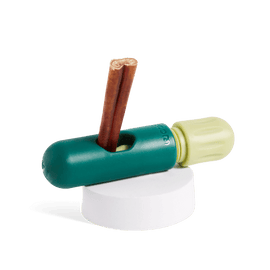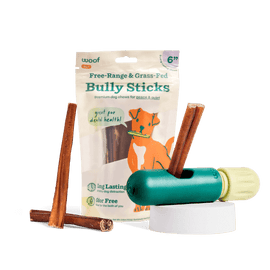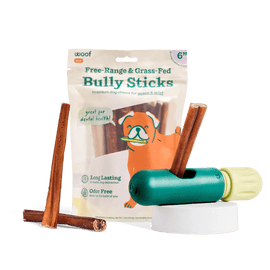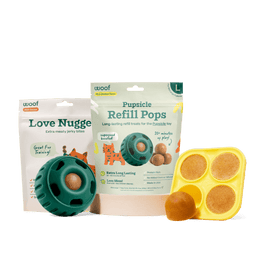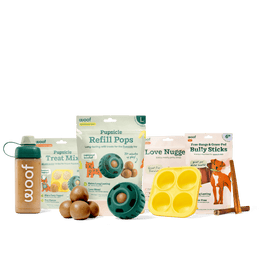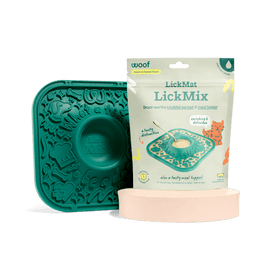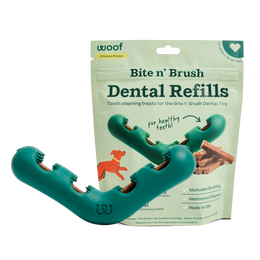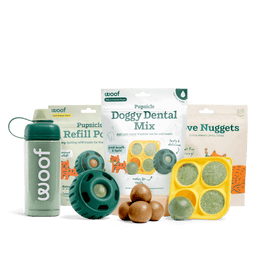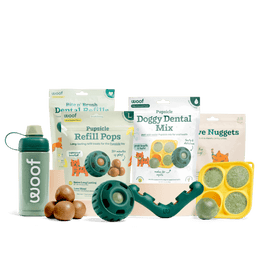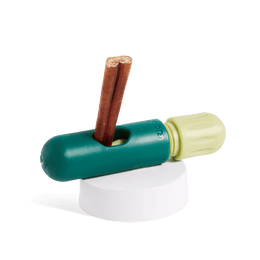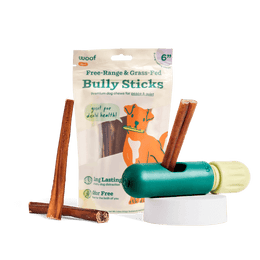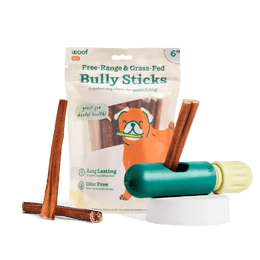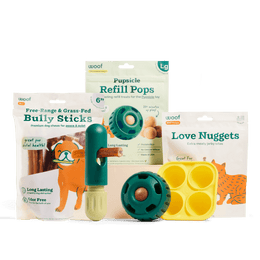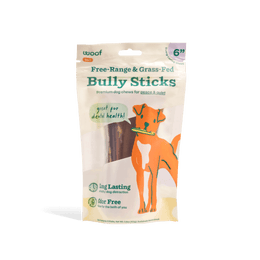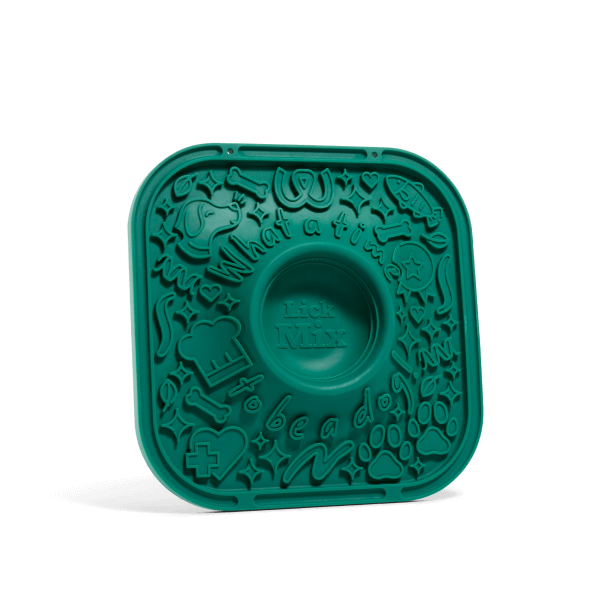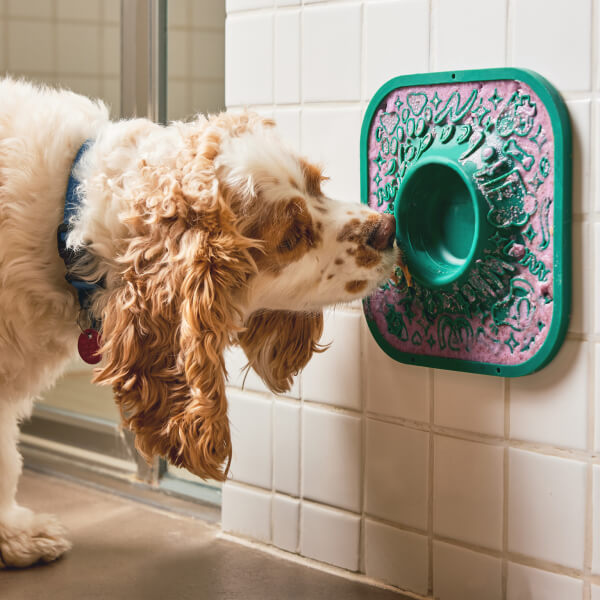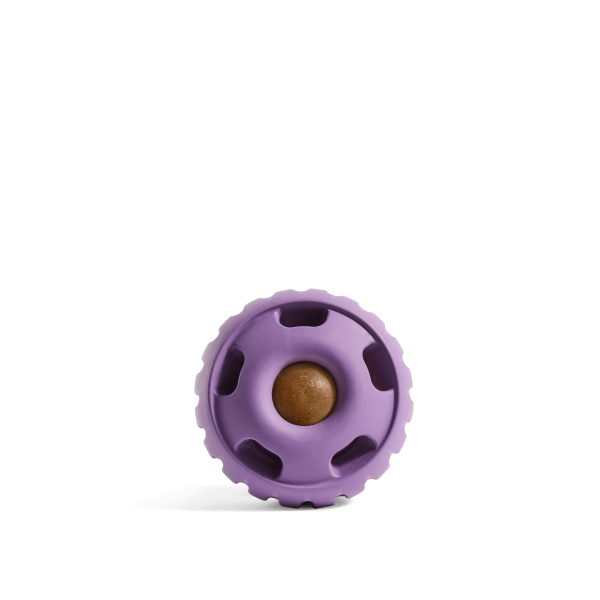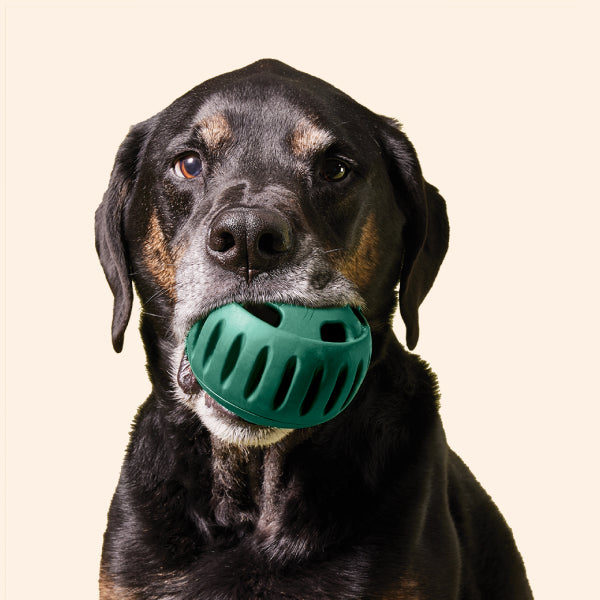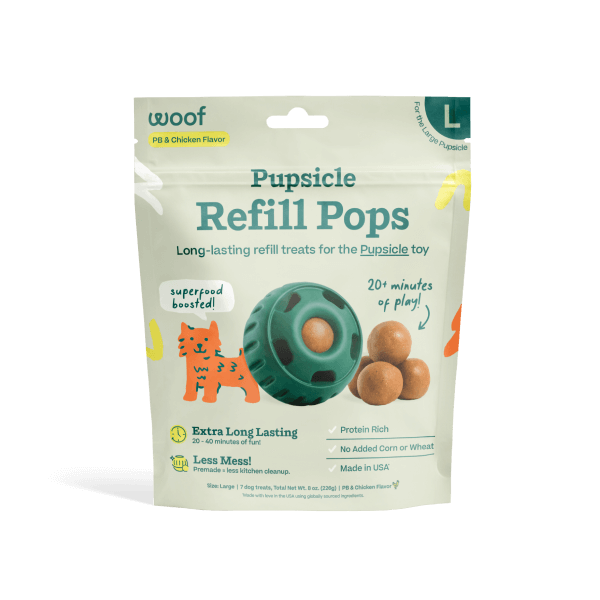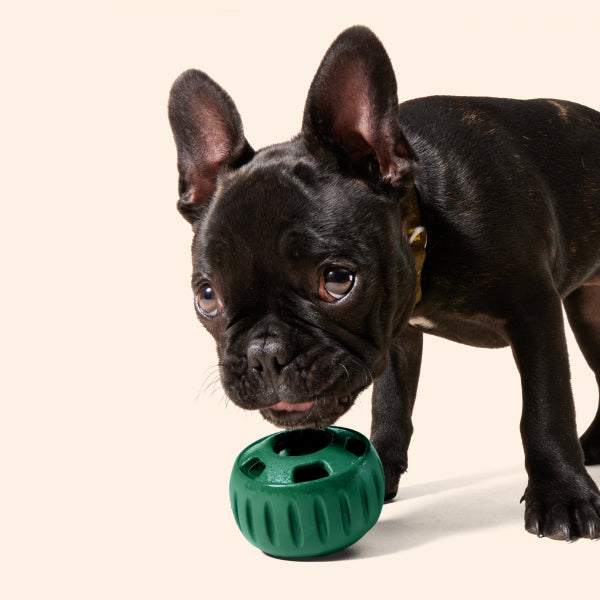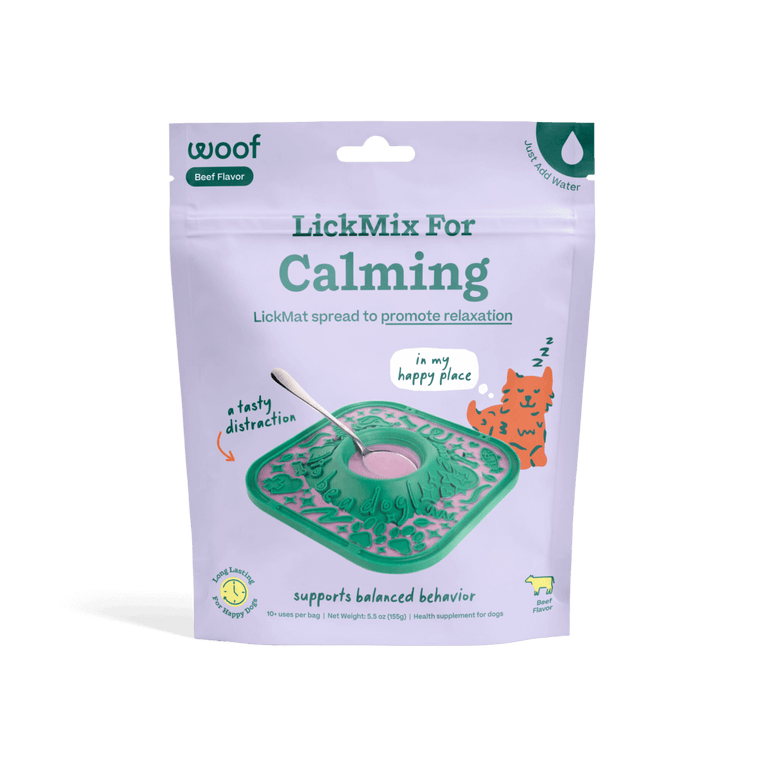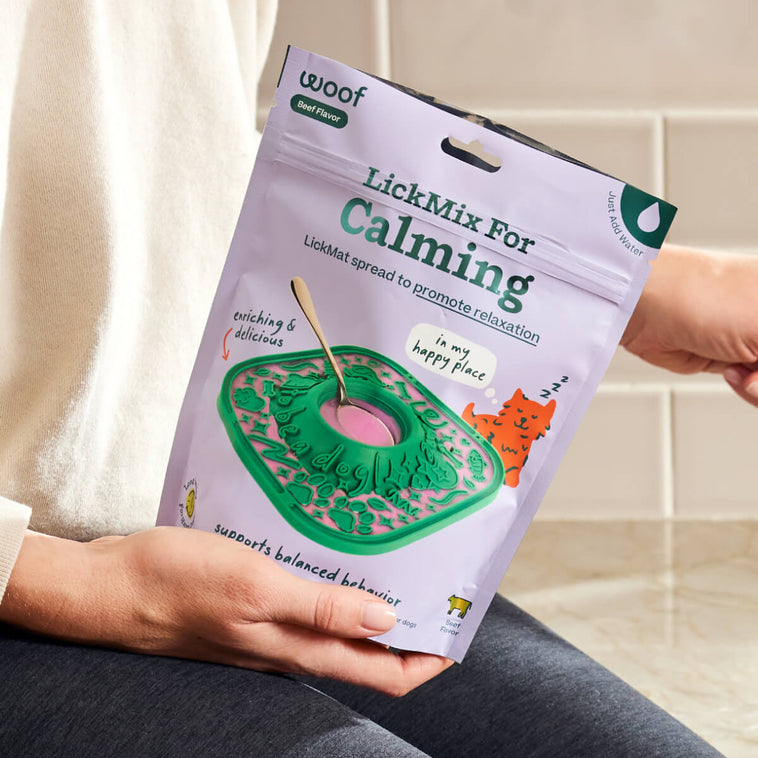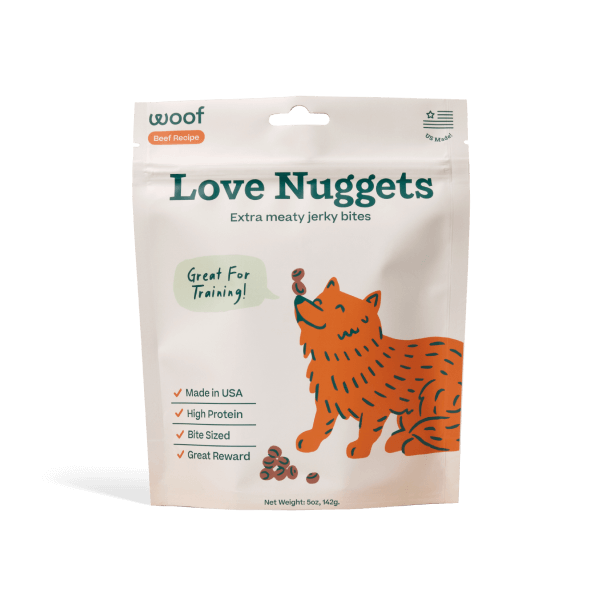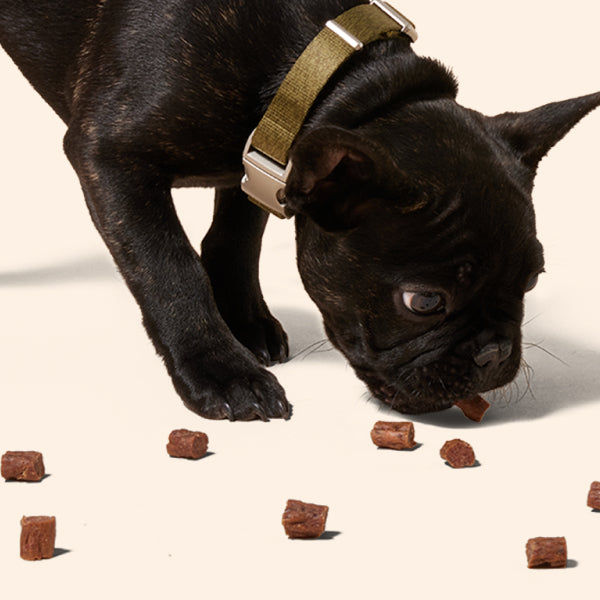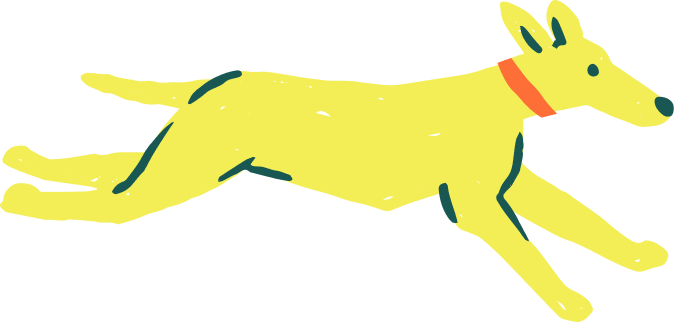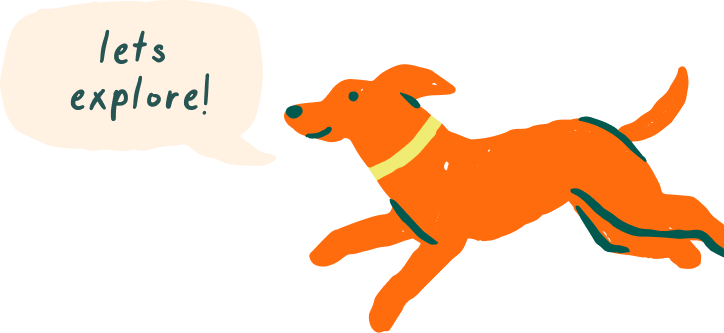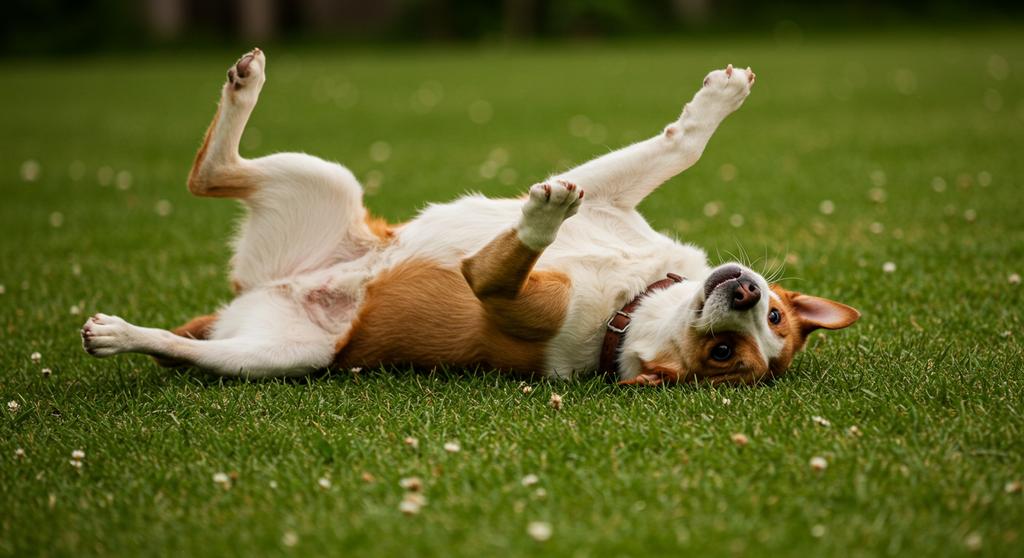
You’re walking through the park, enjoying the sunshine, when suddenly—your dog drops shoulder-first and begins wriggling ecstatically in the grass. It’s funny, it’s endearing, and it’s one of the most recognizable canine quirks. But why do dogs roll in the grass? What looks like playful silliness is actually rooted in deep-seated instinct, sensory exploration, and behavioral wellness. At Woof, we believe in decoding these habits to help dog parents better support their pup’s physical and emotional needs.
🐺 A Throwback to Canine Instincts
Rolling in the grass is more than play—it’s a primal behavior. In the wild, wolves and other wild canids roll in strong smells to camouflage their scent from prey or to bring interesting odors back to the pack for communication. Today’s domestic dogs may not be hunting, but that ancestral drive to interact with scent-rich environments remains strong. Each roll is a sensory event that connects them to their environment—and their evolutionary roots.
🌀 Sensory Enrichment in Motion
For your dog, rolling in grass is a form of environmental enrichment. The texture of blades against fur, the coolness of damp earth, and the tapestry of natural smells all provide tactile and olfactory stimulation. This is especially beneficial for high-energy or easily bored dogs. Much like how puzzle toys work their minds, grass rolling satisfies physical and mental curiosity. Encouraging this behavior in clean, pesticide-free areas gives your dog a healthy outlet for natural instincts.
✅ Is Grass Rolling Safe?
In general, yes—but with caution. Here's what to look out for:
- Chemicals: Avoid freshly treated lawns or public areas where fertilizers or pesticides may have been applied
- Hidden Hazards: Check for sharp debris, burrs, or thorny plants that could irritate the skin
- Parasites: Always check your dog for ticks, especially around the neck, ears, and underbelly after rolling in tall or unmaintained grass
Once you’re home, keep the fun going indoors. Woof’s LickMat and The Pupsicle let your dog experience similar sensory satisfaction in a controlled environment. These tools engage their noses, tongues, and minds—ideal for winding down after an active outdoor session.
🎯 From Instinct to Intentional Enrichment
Why stop the fun outside? You can harness that rolling energy and redirect it into structured, calming play. After grass time, offer a frozen Pupsicle Pop to encourage relaxed focus. Or apply a spoonful of Calming LickMix to a LickMat to ease overstimulation. These transitions from wild to home environments provide continuity in your dog’s experience, keeping them engaged, relaxed, and mentally balanced.
❤️ The Joy Behind the Wiggle
At its core, your dog’s love for rolling in the grass is about freedom, exploration, and joy. It’s an instinct that fulfills emotional and physical needs—one that shouldn’t be discouraged but safely supported. Think of it as their version of mindfulness: fully present, fully content. By allowing this natural behavior and pairing it with smart indoor enrichment like Love Nuggets for positive reinforcement, you’re fostering a well-rounded, deeply fulfilled companion.
🐾 Let Them Roll!
The next time your pup finds that perfect grassy patch and dives in nose-first, let them enjoy the moment. You’re witnessing one of the most authentic displays of canine happiness. And when you return home, reward their playfulness with a Woof treat or toy that continues the good vibes. After all, a rolling dog is a happy dog—and a happy dog makes for a happier home.
